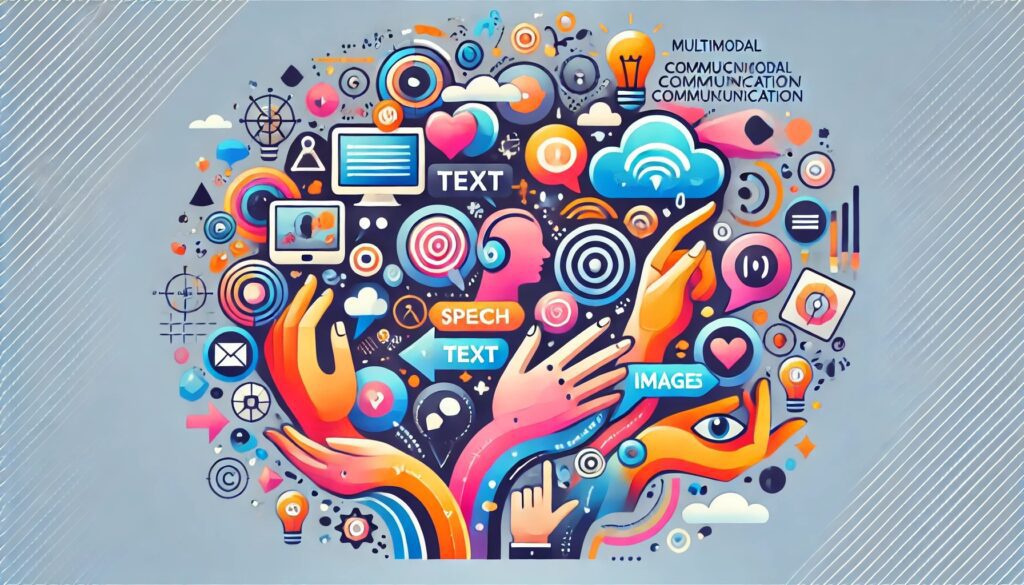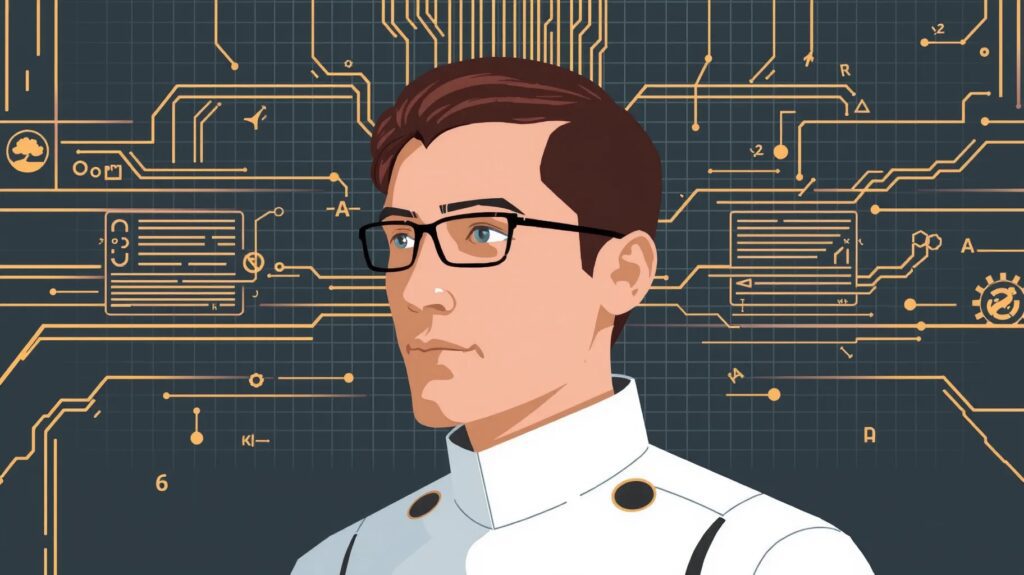
The rise of social media and digital platforms has fueled the growth of multimodal communication. Platforms like Instagram, YouTube, and TikTok thrive on the integration of text, images, and videos. Users can express themselves more fully and connect with audiences on a deeper level.
Benefits of Multimodal Communication
- Enhanced Engagement: Multimodal content is more engaging and can hold the audience’s attention longer.
- Improved Understanding: Combining different modes helps to explain complex concepts more clearly.
- Greater Accessibility: It caters to different learning styles, making information more accessible.
Practical Applications of Multimodality
Education
In the field of education, multimodality has transformed the learning experience. Teachers use videos, infographics, and interactive content to make lessons more engaging. This approach not only aids in better understanding but also caters to different learning styles, ensuring that no student is left behind.
Interactive Learning
Interactive learning has become a staple in modern education. Multimodal content such as educational videos, interactive quizzes, and animated infographics help students grasp complex concepts more easily. For instance, a history lesson can be brought to life with documentary clips, animated maps, and narrative text, making the past more tangible and interesting.
Catering to Diverse Learning Styles
Not all students learn the same way. Some are visual learners, while others might prefer auditory or kinesthetic learning methods. By integrating different modes, teachers can reach every student. Visual learners benefit from diagrams and videos, auditory learners from podcasts and discussions, and kinesthetic learners from interactive simulations and hands-on activities.
Real World Example: Khan Academy
Khan Academy, a popular online educational platform, employs multimodal strategies to enhance learning. Their lessons include explanatory videos, interactive exercises, and detailed written explanations. This multimodal approach helps cater to different learning styles, making education accessible to millions worldwide.
Marketing
Marketers are leveraging multimodal content to create more compelling campaigns. By using a mix of text, images, and videos, brands can tell their story in a way that resonates with their target audience. This strategy not only captures attention but also drives higher engagement and conversions.
Storytelling Through Multimodality
Effective marketing is all about storytelling. By combining different media, brands can create immersive stories that capture the audience’s imagination. For example, a travel agency might use vivid descriptions, stunning images, and immersive videos to showcase exotic destinations, enticing potential customers to book their next adventure.
Boosting Engagement
Multimodal content tends to perform better on social media. Posts with images or videos receive more likes, shares, and comments compared to text-only posts. This higher engagement translates to better visibility and reach for brands. Additionally, interactive content like polls, quizzes, and AR filters can significantly boost audience interaction.
Real World Example: Nike
Nike is a master at using multimodality in marketing. Their campaigns often include powerful visuals, motivational videos, and compelling storytelling. For instance, the “Just Do It” campaign combines impactful text with inspirational videos and images of athletes, creating an emotional connection with the audience.
Healthcare
In healthcare, multimodal communication plays a crucial role in patient education. Health professionals use videos and infographics to explain medical conditions and treatments, making complex information more understandable for patients.
Patient Education
Patients often find medical information overwhelming and confusing. Multimodal resources such as animated explainer videos, detailed infographics, and interactive apps can demystify complex medical procedures and conditions. This not only helps patients understand their health better but also enables them to make informed decisions about their treatment options.
Telehealth and Remote Consultations
The rise of telehealth has further highlighted the importance of multimodality in healthcare. Virtual consultations often rely on a combination of video calls, digital documents, and interactive platforms to provide comprehensive care. Doctors can share their screens to explain X-rays, use digital diagrams to illustrate diagnoses, and send follow-up information via email or patient portals.
Real World Example: Mayo Clinic
Mayo Clinic utilizes multimodal communication to enhance patient education and engagement. Their website features a mix of written articles, instructional videos, and interactive tools to help patients understand various medical conditions and treatments. This multimodal approach ensures that patients receive comprehensive and accessible information.
Challenges of Implementing Multimodal Communication
While the benefits are clear, implementing multimodal communication comes with challenges. Creating high-quality multimodal content requires time, resources, and expertise. Additionally, integrating different modes seamlessly can be difficult, requiring careful planning and execution.
Overcoming the Challenges
To overcome these challenges, it’s essential to:
- Invest in Training: Equip your team with the skills needed to create and integrate different modes of communication.
- Use the Right Tools: Utilize software and platforms that support multimodal content creation.
- Plan Strategically: Develop a clear plan that outlines how different modes will work together to convey your message.
Case Studies of Success
Several organizations have successfully implemented multimodal communication strategies. For instance, educational platforms like Khan Academy use videos, interactive exercises, and written explanations to provide a comprehensive learning experience. Similarly, brands like Apple and Nike use a mix of stunning visuals, engaging videos, and compelling text to create powerful marketing campaigns.
Real World Example: Apple
Apple excels at using multimodality in its product launches. Their presentations often include a blend of live speeches, pre-recorded videos, and interactive demos. This approach not only showcases the features of their products effectively but also keeps the audience engaged throughout the event.
The Future of Multimodality
The future of communication is undeniably multimodal. As technology advances, the integration of augmented reality (AR) and virtual reality (VR) will take multimodality to new heights. Imagine a future where you can immerse yourself in a fully interactive learning experience or a marketing campaign that feels like a personal journey.
Augmented and Virtual Reality
AR and VR are set to revolutionize multimodal communication. In education, students could take virtual field trips to historical sites, exploring ancient ruins as if they were there. In marketing, customers could try products in a virtual environment before making a purchase, enhancing their shopping experience.
Artificial Intelligence and Multimodality
AI will also play a crucial role in the future of multimodality. AI-powered tools can help create personalized content, analyze user engagement, and provide insights to improve communication strategies. For instance, chatbots can use text and voice to interact with customers, providing a seamless and efficient service experience.
Conclusion
Multimodality is transforming the way we communicate, making it more engaging, accessible, and effective. Whether in education, marketing, or healthcare, the integration of text, images, audio, and video is unlocking new possibilities. Embrace the power of multimodality and elevate your communication to the next level.
Sources:





